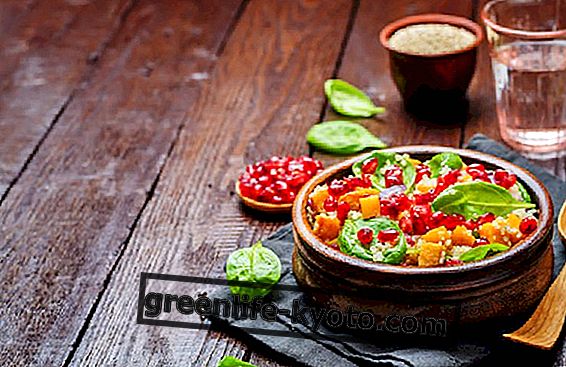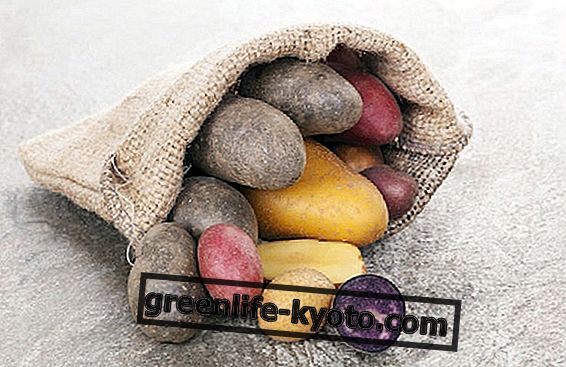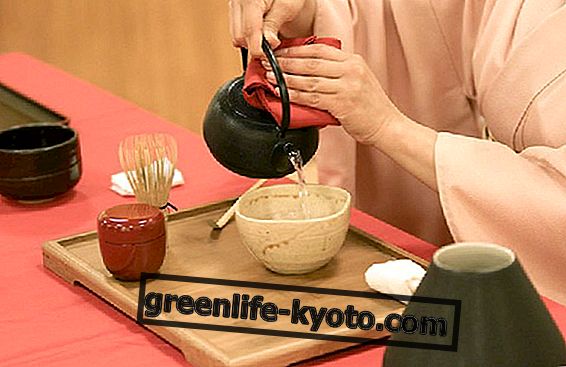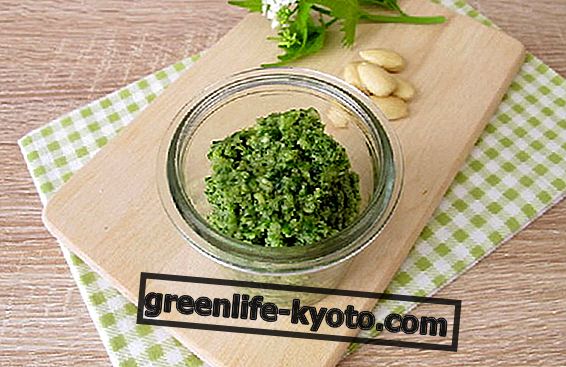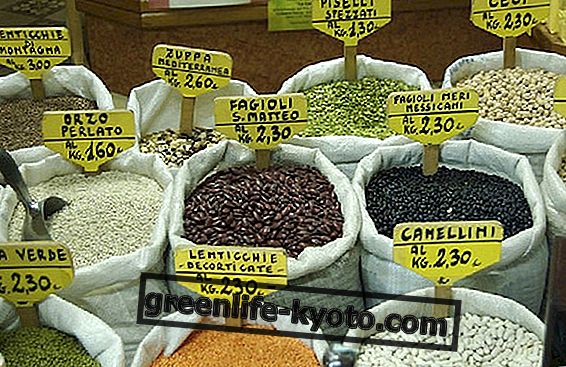Stomach pain is a disorder that affects the gastric apparatus and may depend on emotional actors but also on food allergies . Let's find out better.

The stomach is divided into cardia (just below the passage between the lower part of the esophagus and the stomach), the fundus, the body, the antrum (the lower region), the pyloric canal, which connects with the duodenum that is already part of the intestine.
Digestion does not occur only at the stomach level but starts from the cephalic area, managed by the nervous system and stimulated on the sight, smell, taste and, sometimes, on the level of food itself, in addition to the muscular activity of the chewing.
The gastric phase occurs when the products of protein digestion reach the pyloric part of the stomach, the gastric cavity is flooded with mucus to avoid self-digestion. The acidic environment converts pepsinogen into its active form, pepsin, which can initiate the attack of polypeptide chains (proteins). The intestinal phase follows. Stomach pain can also be linked to the first moment of digestion, not only to the gastric phase.
Symptoms of stomach pain
The symptoms are localized in the upper part of the abdomen and manifest themselves in the form of swelling, belching, nausea, headache . The symptoms are however different depending on the causes and the general state of the individual.
Causes
Along with factors of emotional origin, possible food allergies can be investigated. Smoking and alcohol worsen the situation. If the stomach pain lasts over time it can generate dyspepsia, gastritis, gastric ulcer. The organ can also be bacterial and usually Helicobacter pylori is the bacterium called into question.
Among other causes: excessive nutrition, meals consumed too quickly, caffeine abuse, alcohol abuse, excessive intake of carbonated drinks, drugs such as antibiotics, aspirin and non-steroidal anti-inflammatory drugs (NSAIDs), inflammation of the stomach (gastritis), inflammation of the pancreas (pancreatitis), peptic ulcer, gallstones, stomach cancer.
Diagnosis
In addition to blood tests, amylase and gastric tests, the most used diagnostic form so far has been the one involving the first part of the stomach through an adiological investigation with barium sulfate.
In some cases, slabs were also used to observe the stretch of the liquid that descends first into the esophagus, then fills the stomach, reaches the duodenum and even further down.
Today the technique of the "double contrast" is also used, which consists in taking, in addition to barium, also the tablets that produce gas and show any damage to the mucous membrane of the stomach. Since the 1970s, the most widely used diagnostic method has been fiber optic endoscopic examination, gastroscopy, useful above all in suspicion of ulcers, although a little annoying due to the introduction of the tube.
CURE FOR STOMACH DISEASES
Supply
An important precaution: do not overload the digestive system.
It is good to make small meals distributed throughout the course of the day. When the main meal is consumed at dinner, digestion is slower and more difficult and this in turn can cause pain, burning and a feeling of heaviness.
Ginger is a great ally of the stomach and can sustain a lot especially in case of associated nausea. This important food helps to stimulate digestion and protect the digestive tract from inflammation.
Yes to cinnamon, a portentous spice that lowers blood sugar, regulates blood sugar levels and resolves problems of poor digestion. Lemon neutralizes gastric hyperacidity and has a strong alkalizing power.
To alleviate the ailments, herbal teas with specific herbs for the stomach are also useful.
You can learn more about the properties and benefits of cinnamon

Herbal remedies for stomach pain
Herbal teas made with chamomile, lemon balm and valerian are good for stomach aches.
Yes to herbal preparations based on mint and cumin.
Bach flowers for stomachache
Bach flowers that support and facilitate digestion are different depending on the emotional state associated with stomach pain. For example, Pine is useful when digestion is slowed or stops easily even if you eat little. Gentian is used when digestion does not start peacefully. Holly is ideal in the case of dense, cramping, nausea and sour mouth upon awakening. Impatiens is precious in acidic gastritis with early secretion which is calmed only by ingesting small pieces of bread or other absorbent foods. If anxiety exists, Chicory is the appropriate remedy.
There is also an Australian flower indicated in the case of stomach pain and is Chamomile.
Traditional Chinese Medicine
In acupuncture the stomach meridian is a Yang meridian, it has the Earth as an energy element and the Spleen as the corresponding organ. The Chinese bioenergetic system considers it the main actor in the movement of energy to the entire system through the digestion of food.
The well-being of the organ influences the psychological state of the individual and vice versa. If there is anxiety, confusion, hyperactivity and agitation the stomach suffers and, on the other hand, if a stomach does not work well, these manifestations can be generated.
The points most commonly used in acupuncture to treat such disorders are found at the stomach, navel, lower abdomen and abdomen.
An important point for the stomach is located about four fingers below the patella, on the outside of the leg. Here the Qi enters a deeper level in the meridian to communicate with its corresponding stomach organ, which has direct effects on appetite and digestion.
This point is linked to the digestive and gastrointestinal system, and treating it also treats abdominal pain, hypertension, fever, allergies, asthma and dizziness. Stimulating this point means strengthening and strengthening Qi, harmonizing the stomach and spleen, relieving pain and swelling.
Homeopathy
It is very important to talk with the homeopathic doctor to find the most suitable remedy depending on the psychological state of the subject. Among the various homeopathic remedies we recall:
Arsenicum album, if there is burning, especially after meals. Diarrhea, an intense thirst and chills are often associated with gastric pain. All symptoms worsen at night and with cold drinks.
Argentum nitricum, in case of burning with irradiation in the left side, cramps and rodent pains in the epigastrium.
Disorders get worse after meals, putting pressure on the stomach.
Acute and chronic gastritis is also treated by Nux vomica . The disorder presents with strong cramps and a feeling of contraction in the stomach, nausea and vomiting especially in the morning. The subject lives a sedentary life, abuses food and alcoholic beverages, sleeps very little and works a lot. Leads a stressful life that often leads to psycho-physical exhaustion. On a psychic level he is very sensitive, irritable and choleric.
Kalium carbonicum is useful for chronic gastritis .
Exercises and movement for stomach pain
The most delicate moment is the one that follows dinner. Do not lie down immediately after a meal. The ideal would be to go out for a walk and sleep only 2 or 3 hours after the end of the meal.
Go-ahead to relaxation methods such as yoga and qi gong . In some cases even hypnotherapy has given good results.
Do regular exercise.
Warning: do not get massages from inexperienced hands as the abdominal area is very delicate and there is the risk of stimulating the gastric juices in the opposite direction.

